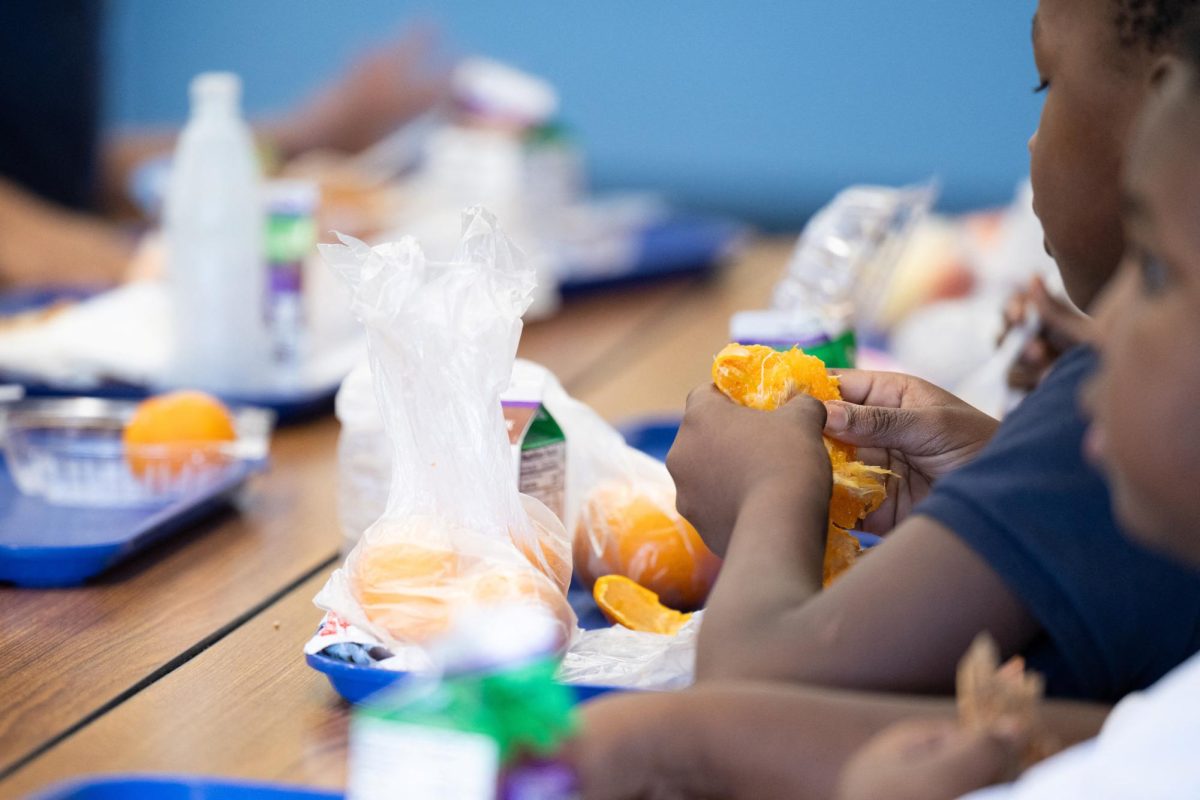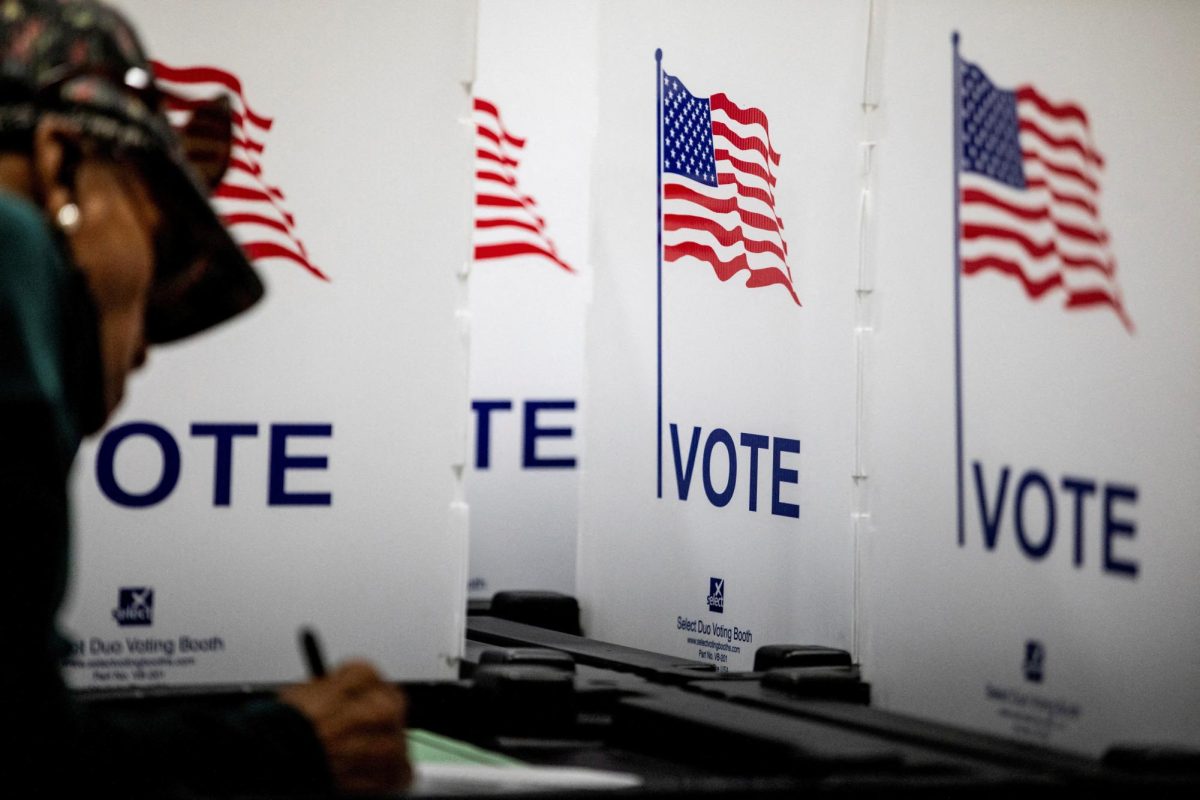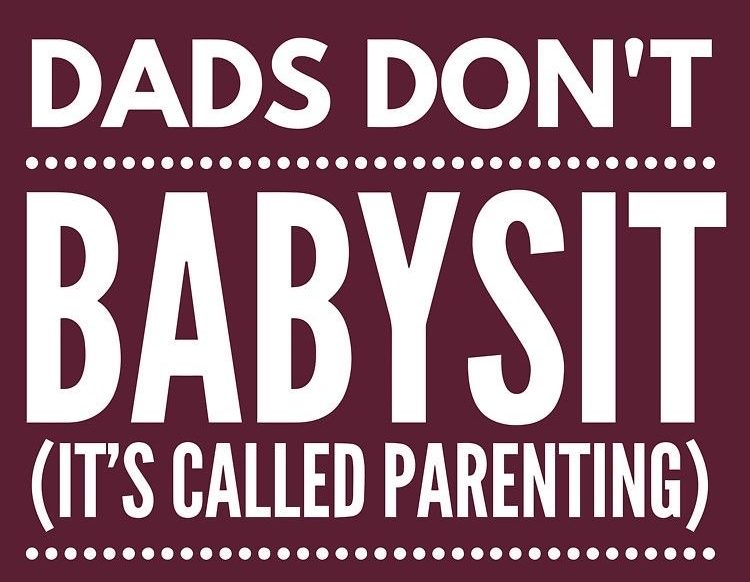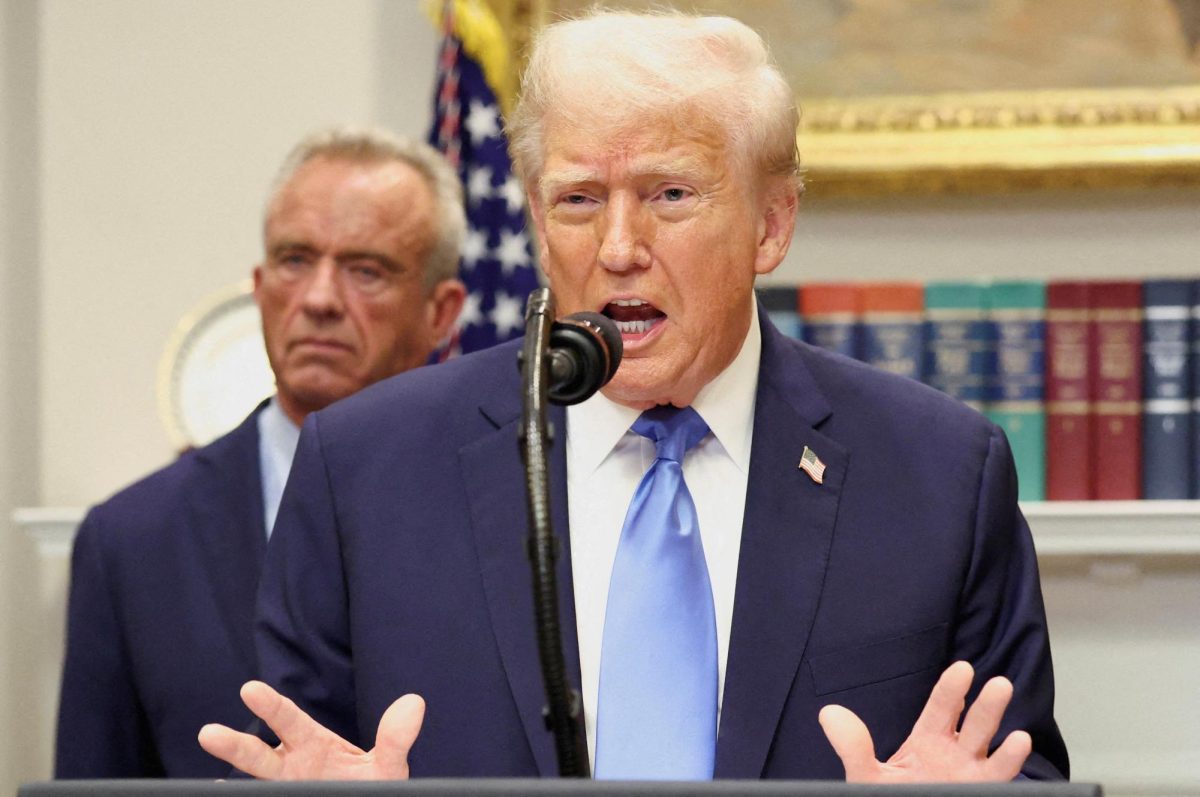For the past two to three years, school lunch had been free for all students across the Omaha Public Schools. Now, that has changed, and many families are asking why the sudden change? Elementary school lunches currently cost $2.50, secondary school lunches are $2.85, and reduced-price meals cost $0.40. For students who had gotten used to free meals after the pandemic, the sudden return to paid lunches is raising questions: Why does lunch now cost money, and how will this affect teachers and students?
The answer lies in a change to federal funding rules. Omaha Public Schools (OPS) can no longer provide universal free lunches at every school because some schools no longer qualify for the Community Eligibility Provision (CEP). The CEP is a federal program that allows schools in high-poverty areas to provide free breakfast and lunch to all students, regardless of household income. While OPS has been part of the CEP in recent years, beginning with the 2025–2026 school year, some schools that do not meet the required thresholds must return to the traditional National School Lunch Program.
That means families must now fill out applications to decide if their children qualify for free or reduced-price lunches. Households earning at or below 130% of the federal poverty level are eligible for free meals, while those with incomes between 130% and 185% of the poverty level qualify for reduced-price meals. Everyone else must pay full price.
The change has many different opinions, among both students and teachers.
Sean Holland, a Burke high school student, shared his thoughts: “I personally do not like the thought of paying for food that isn’t the greatest and doesn’t have many sides. I think that we should be allowed to go to a nearby gas station and get some better food for around the same price. I don’t like the fact that some kids who cannot really afford school lunch now have to burn their money trying to eat some lunch.”
Teachers, who see the issue from another angle, also expressed their concerns. Brian Anderson, an art teacher at Burke High School, said, “I understand OPS is now charging money because they are not part of the program anymore and OPS can’t afford to pay school lunch for every student. All you have to do to get free or reduced school lunch is apply. In a perfect world, school lunch should be free and I would wish that, but I understand that OPS cannot pay for it for every student.”
Many worry that students who cannot afford lunch may skip meals, leading to hunger in classrooms and difficulty concentrating. Research consistently shows that students who eat regular, balanced meals perform better academically. School lunches are sometimes the most reliable meal of the day for children in lower-income families, making the financial burden particularly heavy for them.
Some parents have expressed frustration online, pointing out that families are already struggling with inflation, rising gas prices, and other school-related costs such as supplies and other fees. Adding daily lunch charges can feel overwhelming for some households.
OPS is not alone in this change. Across the country, many school districts are moving away from free universal lunch as temporary federal pandemic relief programs expire. While advocates continue to push for permanent free school meals nationwide, for now, OPS families must apply the application process or prepare to budget for lunch costs.
The debate over whether school lunch should be free for all students continues. No student should ever go home starving.










